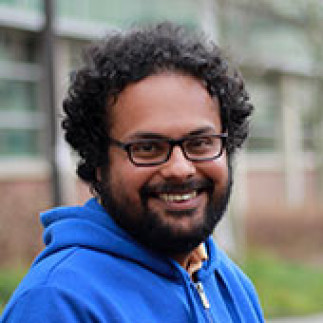Coherent nonlinear spectroscopy provides a unique vantage point for exploring system-bath interactions in materials. Specifically, spectral lineshapes can reveal the nature and dynamics of the environmental fluctuations impacting the system of interest. Here we discuss how stochastic non-equilibrium exciton dynamics manifest in the peculiar spectral lineshapes and how they provide mechanistic insights into the nature of exciton-phonon and exciton-exciton interactions in a variety of material systems, including in Ruddelsden Popper metal halides[1] and perovskite quantum dots[2]. Despite the success of such classical optical probes in unveiling the many-body physics in materials, several ambiguities still exist in the resultant photophysical models. These uncertainties can be primarily attributed to the use of high excitation intensities for the measurements. In this context, we systematically address these discrepancies by examining experimental nonlinear spectra presented in the preceding section. To overcome this challenge, we introduce an alternative experimental methodology based on spectrally entangled biphoton states as a probe of many-body dynamics[3]. In a proof-of-principle experiment, we transmit the biphoton state through a strongly coupled microcavity and reliably measure and analyze the variations in the spectral correlations between the photons. We will discuss how such a measurement can effectively quantify many-body interactions between photo-excitations within the microcavity[4].
[1] A. R. Srimath Kandada, H. Li, F. Thouin, E. R. Bittner and C. Silva, Stochastic scattering theory for excitation-induced dephasing: Time dependent nonlinear coherent exciton lineshapes, J. Chem. Phys., 153, 164706 (2020).
[2] E. Rojas-Gatjens, D. O. Tiede, K. A. Koch, C. Romero-Perez, J. F. Galisteo-Lopez, M. E. Calvo, H. Miguez, A. R. Srimath Kandada, Exciton-carrier coupling in a metal halide perovskite nanocrystal assembly probed by two-dimensional coherent spectroscopy, ArXiv: 2309.04338 (2023).
[3] L. Moretti, E. Rojas-Gatjens, L. Uboldi, D. O. Tiede, E. J. Kumar, C. Trovatello, F. Preda, A. Perri, C. Manzoni, G. Cerullo, A. R. Srimath Kandada, Measurement principles of quantum spectroscopy of molecular materials with entangled photons, J. Chem.Phys., 159, 084201(2023).
[4] R. Malatesta, L. Uboldi, E. J. Kumar, E. Rojas-Gatjens, L. Moretti, A. Cruz, V. Menon, G. Cerullo, A. R. Srimath Kandada, Optical microcavities as platforms for entangled photon spectroscopy, ArXiv: 2309.04751[quant-ph] (2023).
Bio: Dr Ajay Ram Srimath Kandada received his PhD in Physics from Politecnico di Milano, Italy in 2013 for his work on ultrafast spectroscopy of organic photovoltaic materials. He subsequently moved to the Italian Institute of Technology as a post-doctoral researcher to investigate bulk metal-halide perovskites' excited state dynamics and defect physics. In 2016, he received the Marie Sklodowska Curie global fellowship from the European Commission to investigate coherent exciton dynamics using advanced optical spectroscopies at the University of Montreal (Canada), Georgia Institute of Technology (USA) and at the Italian Institute of Technology (Italy). He was appointed Adjunct Assistant Professor at Wake Forest University in 2020 and later tenure-track Assistant Professor in 2022. His research interests include the electronic and optical properties of emerging semiconductors probed by nonlinear ultrafast spectroscopy and quantum-optical methods.

